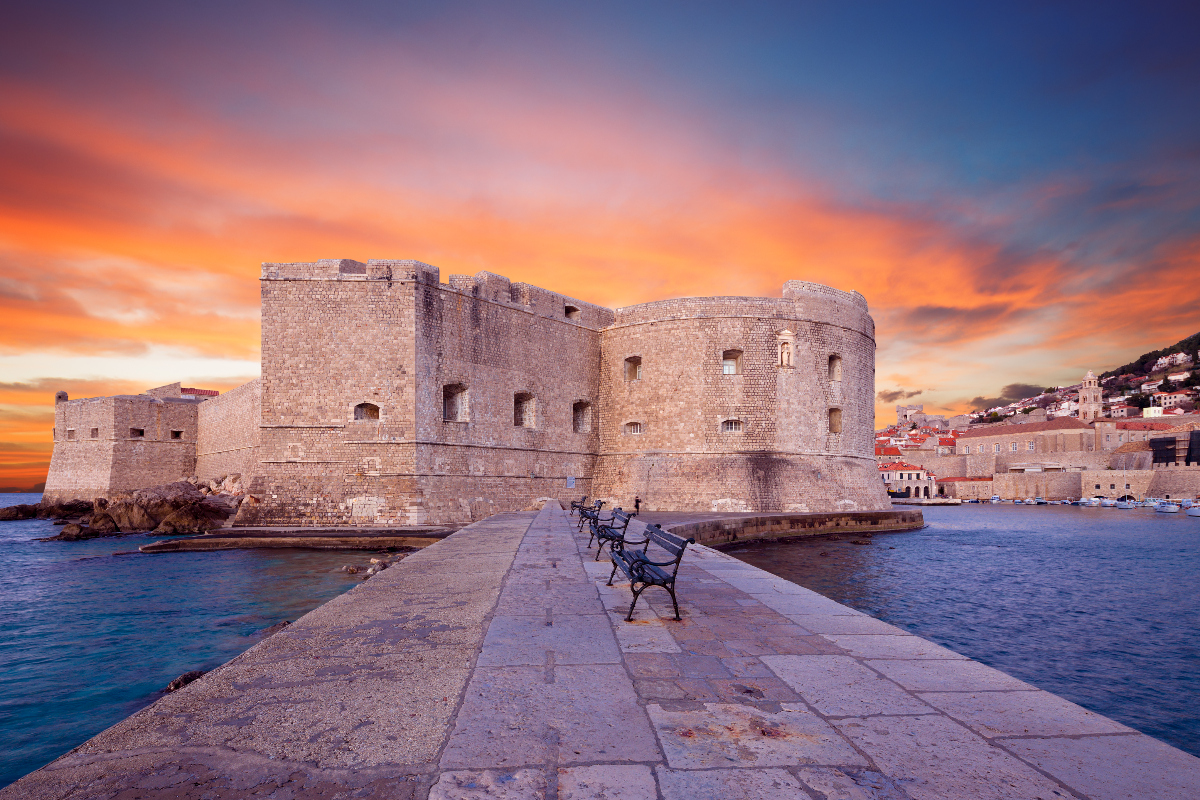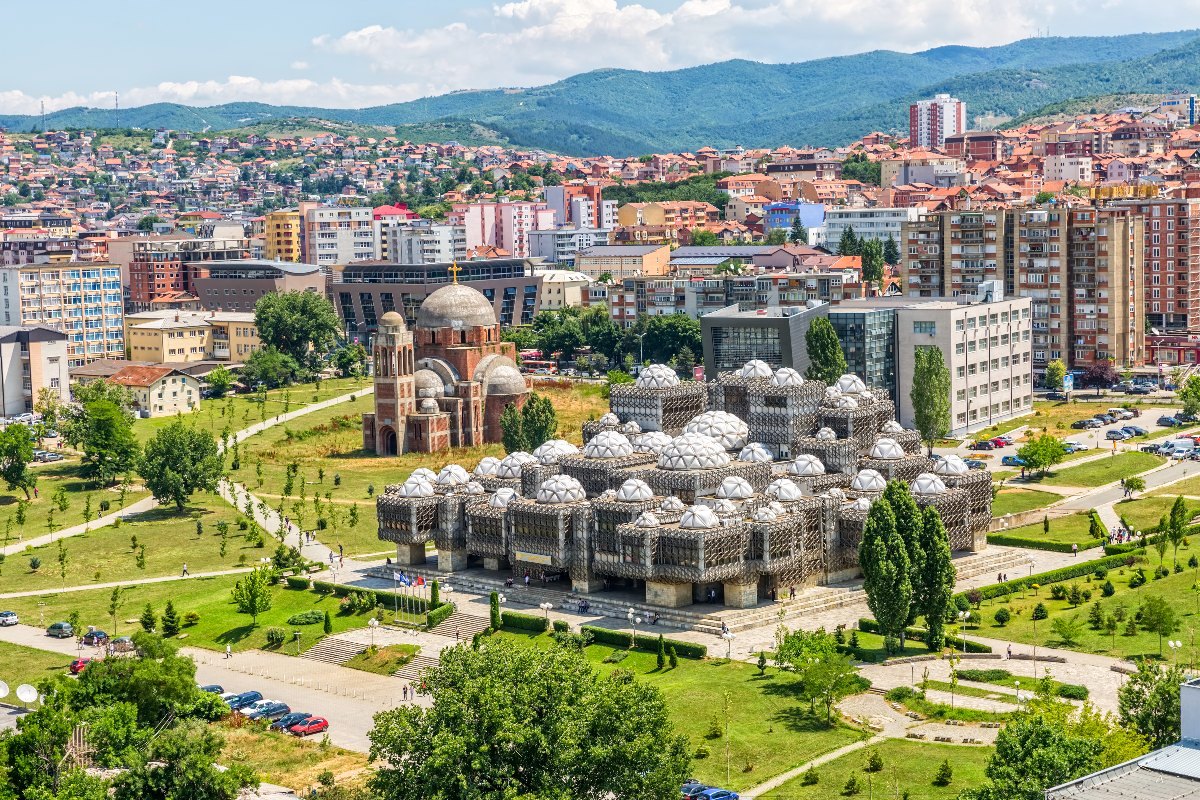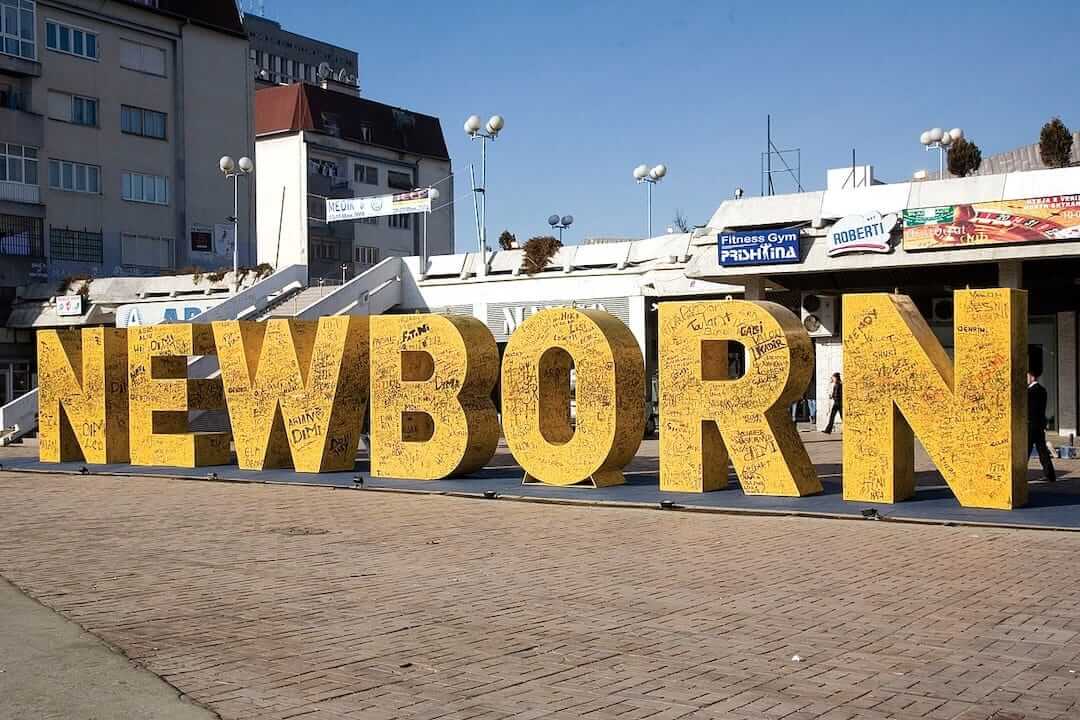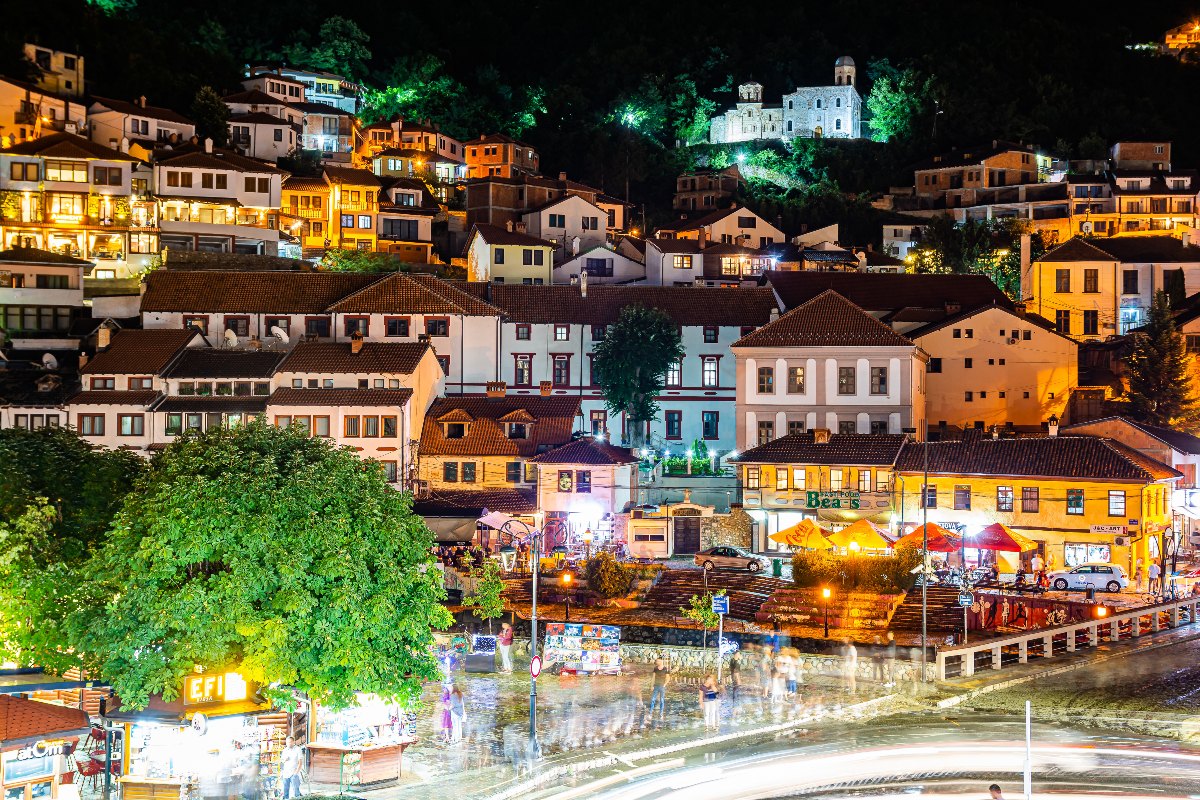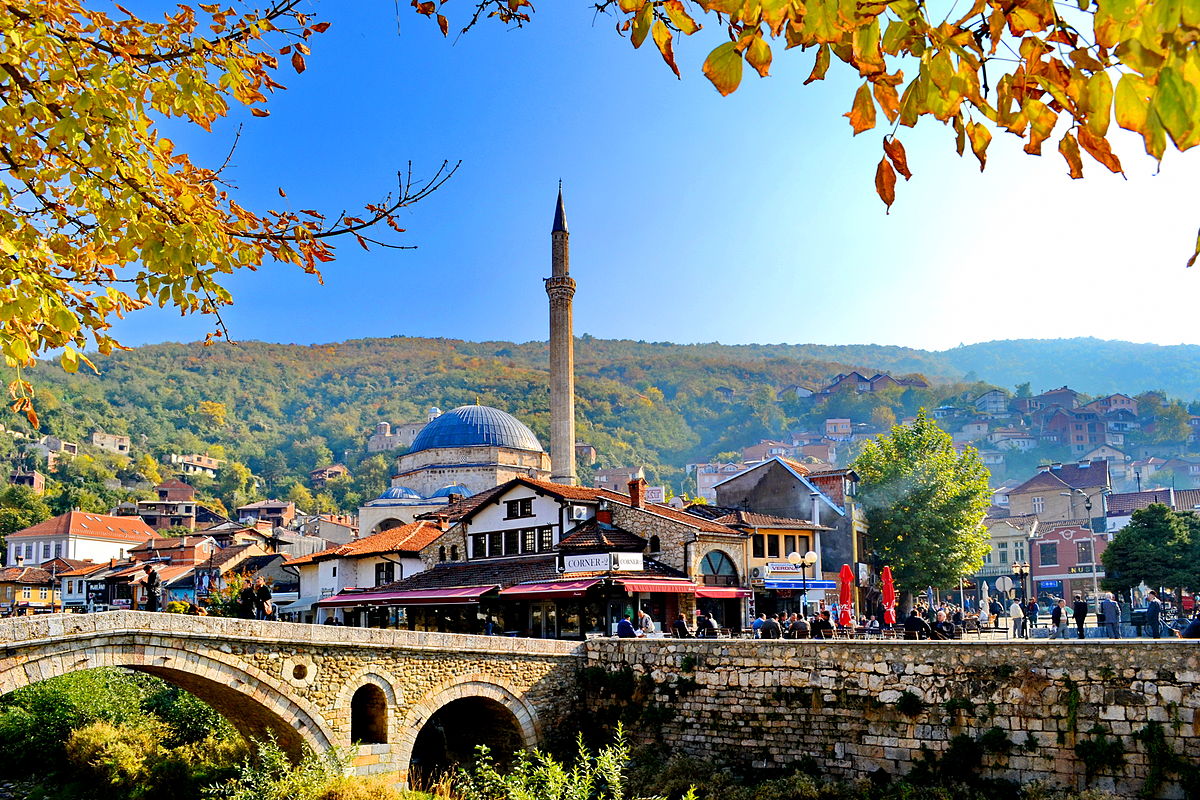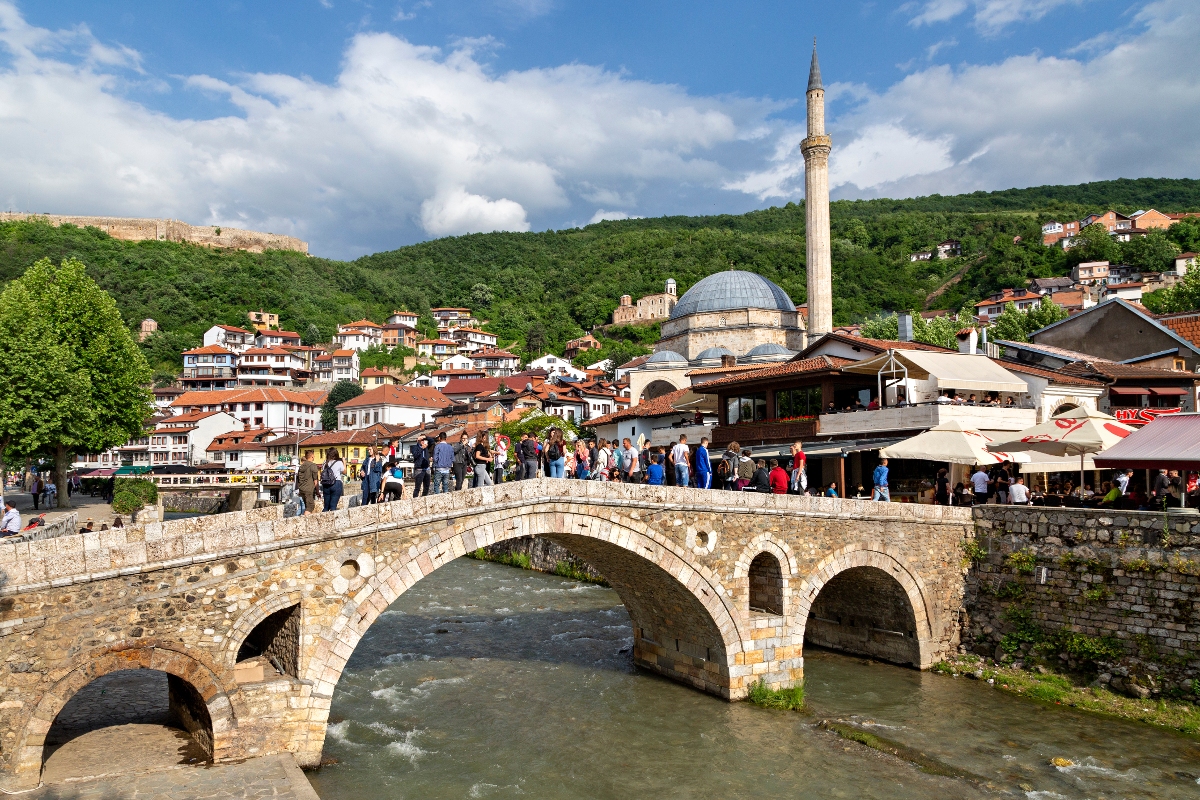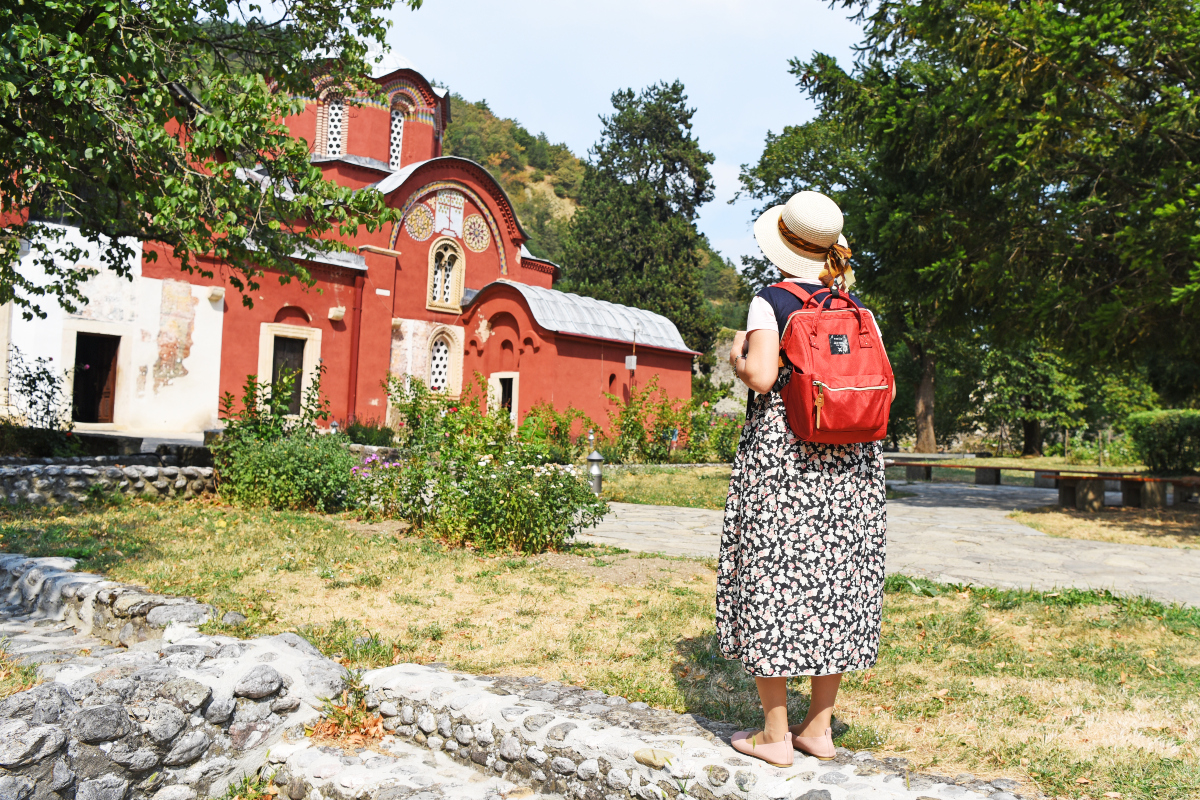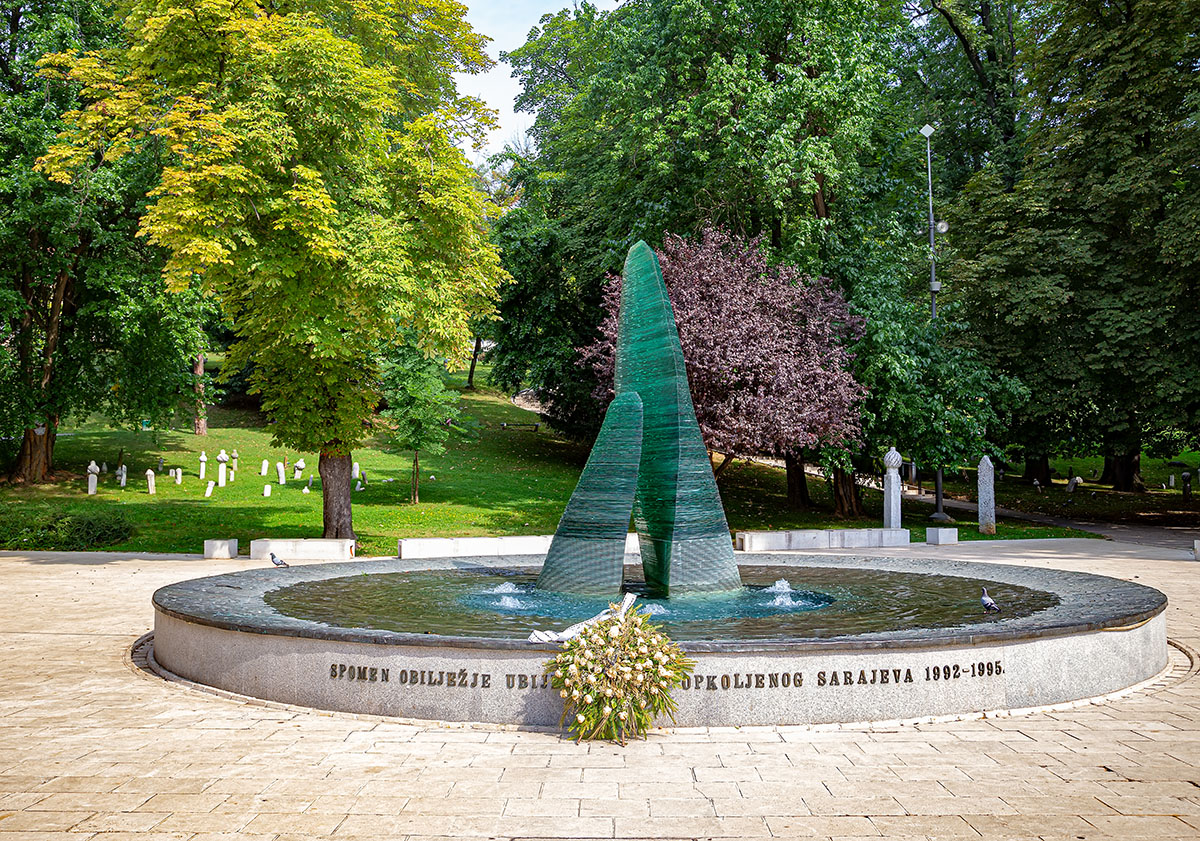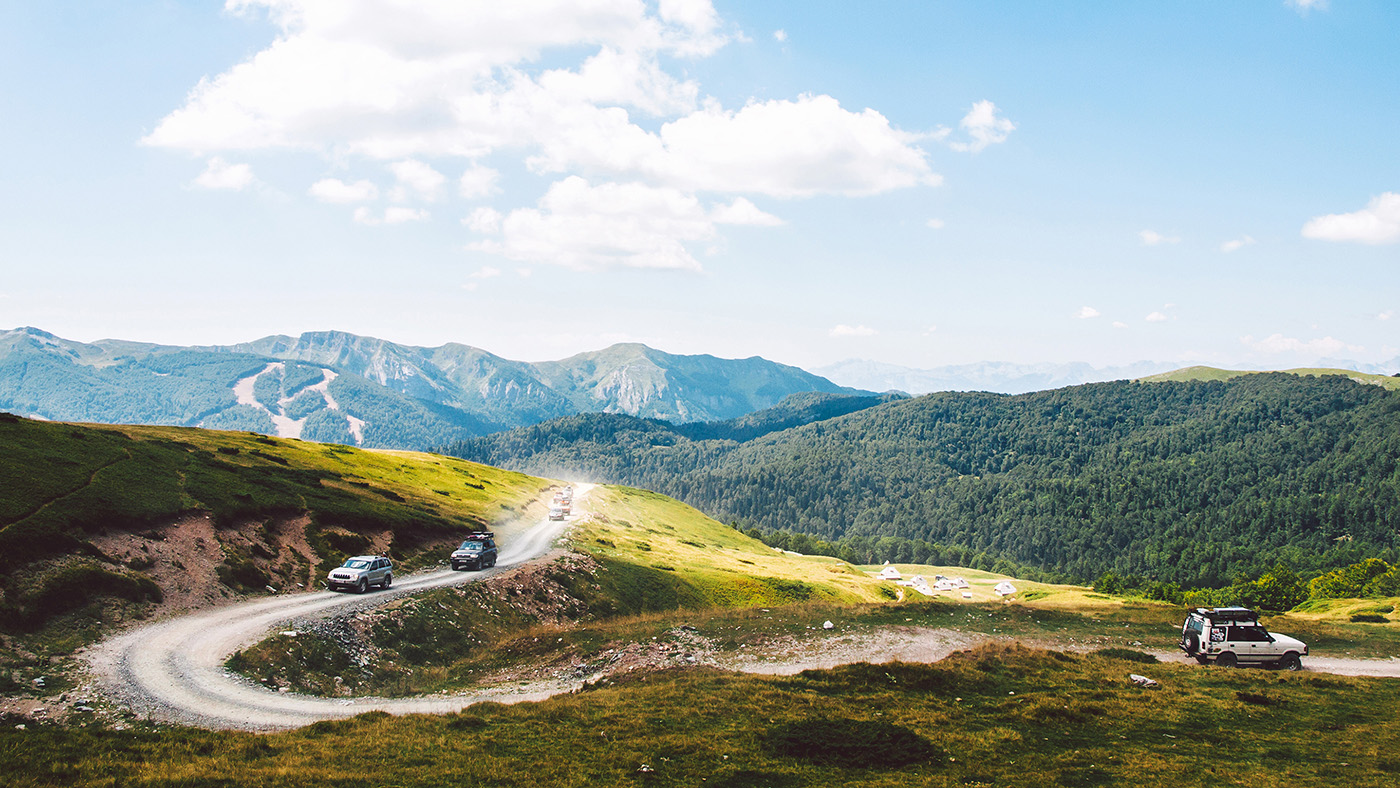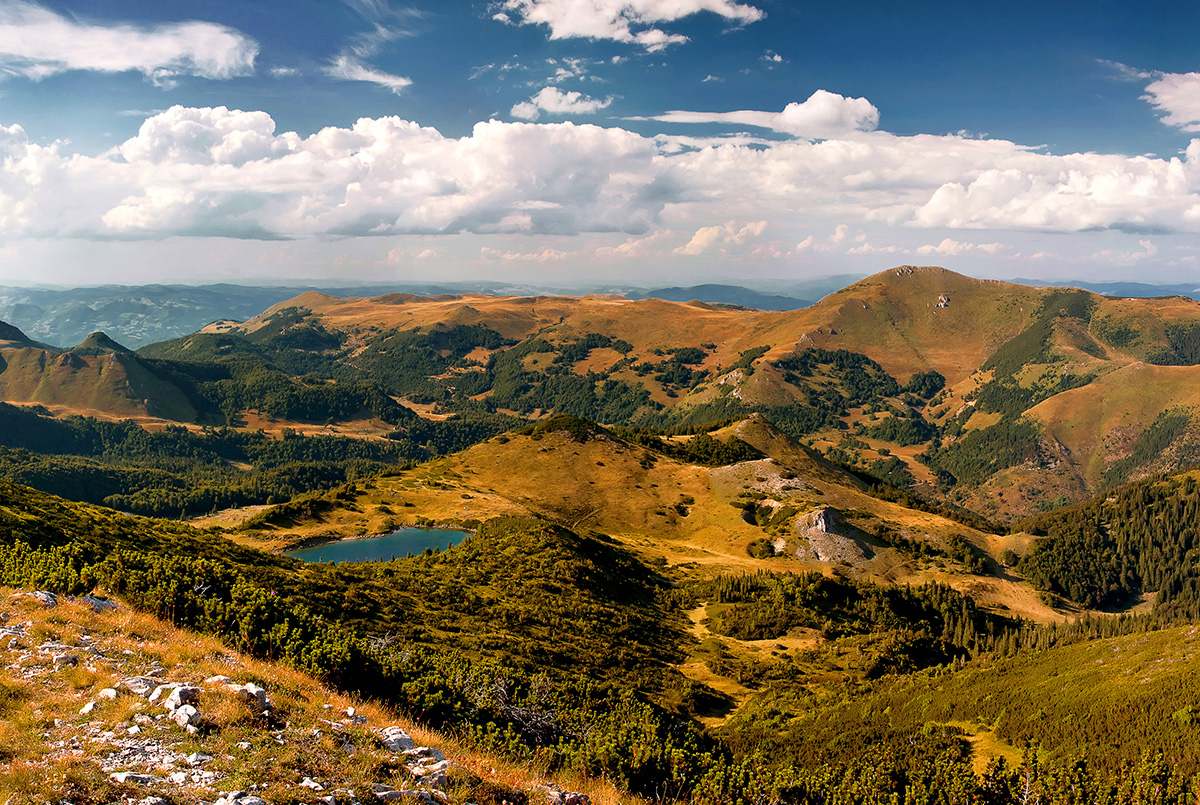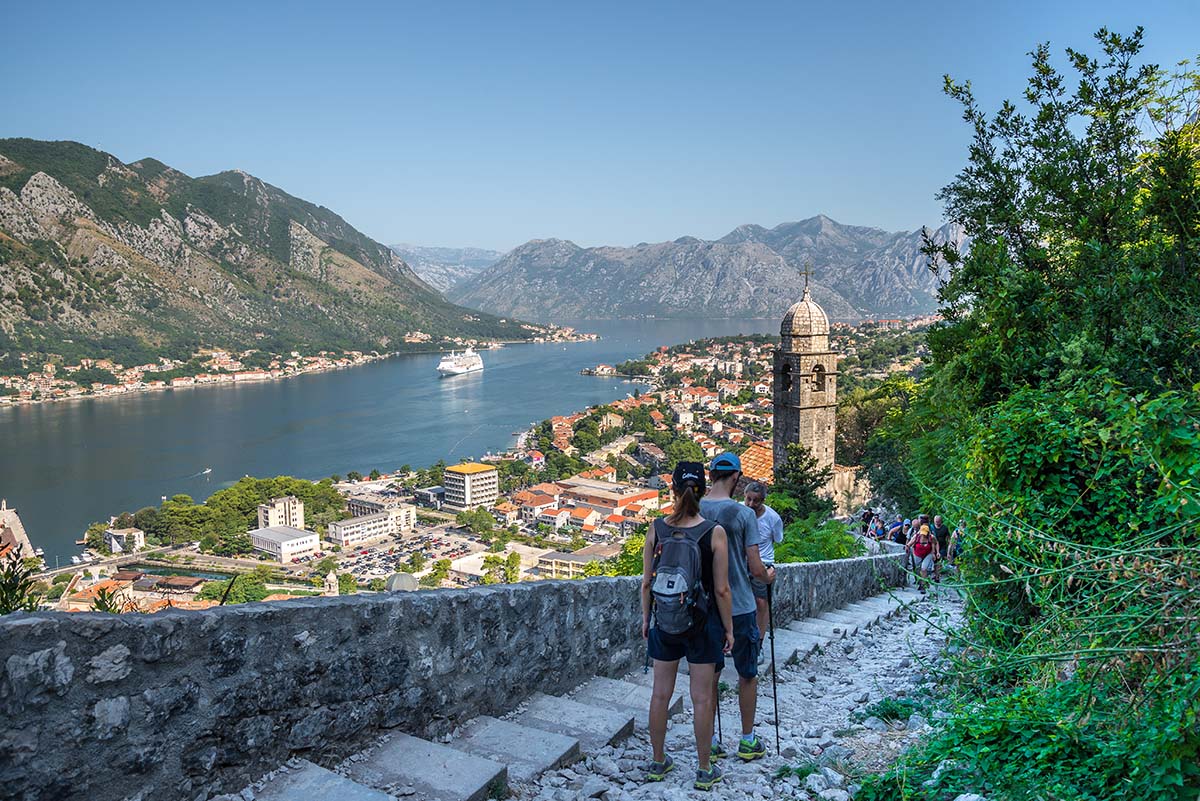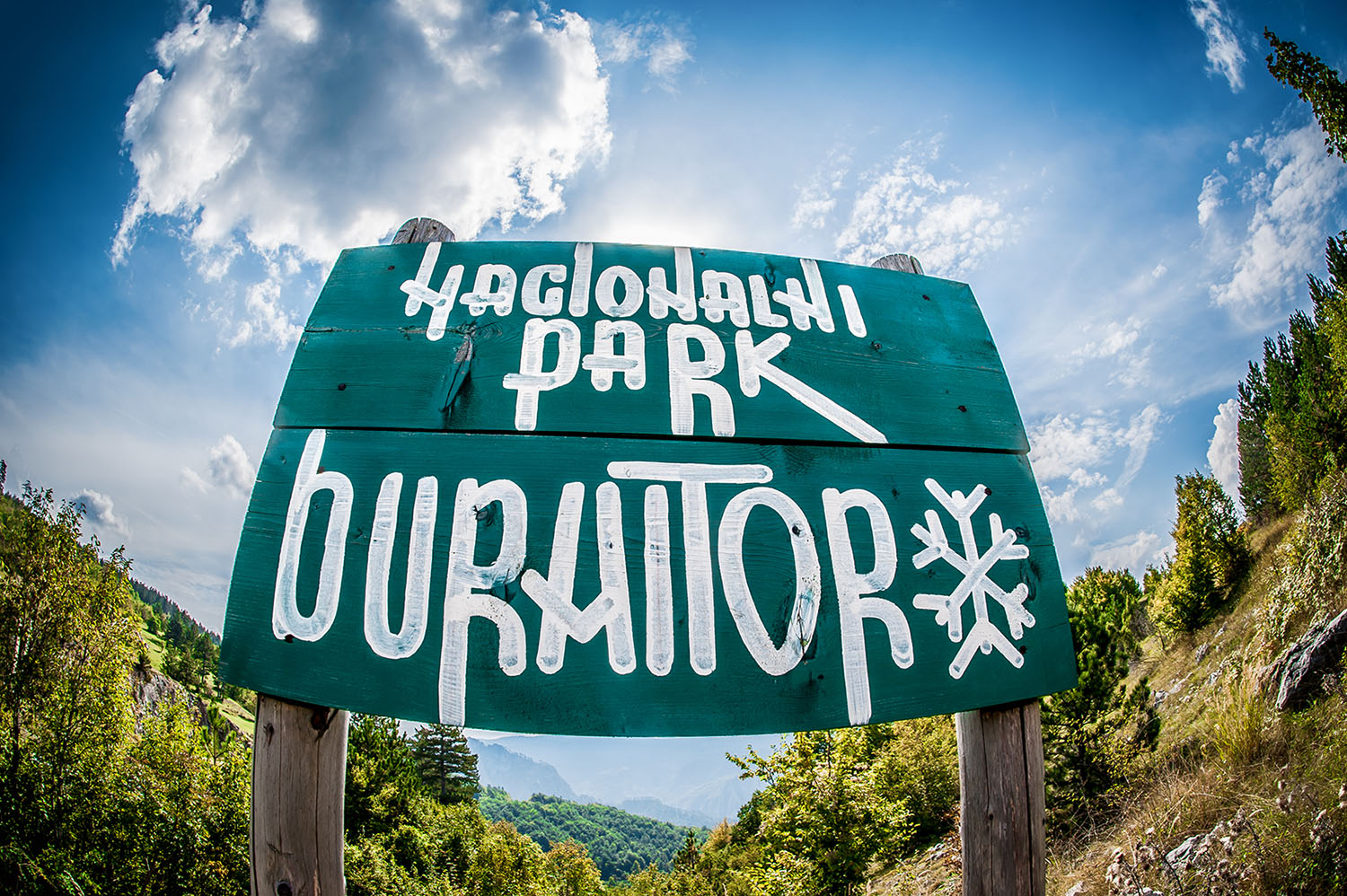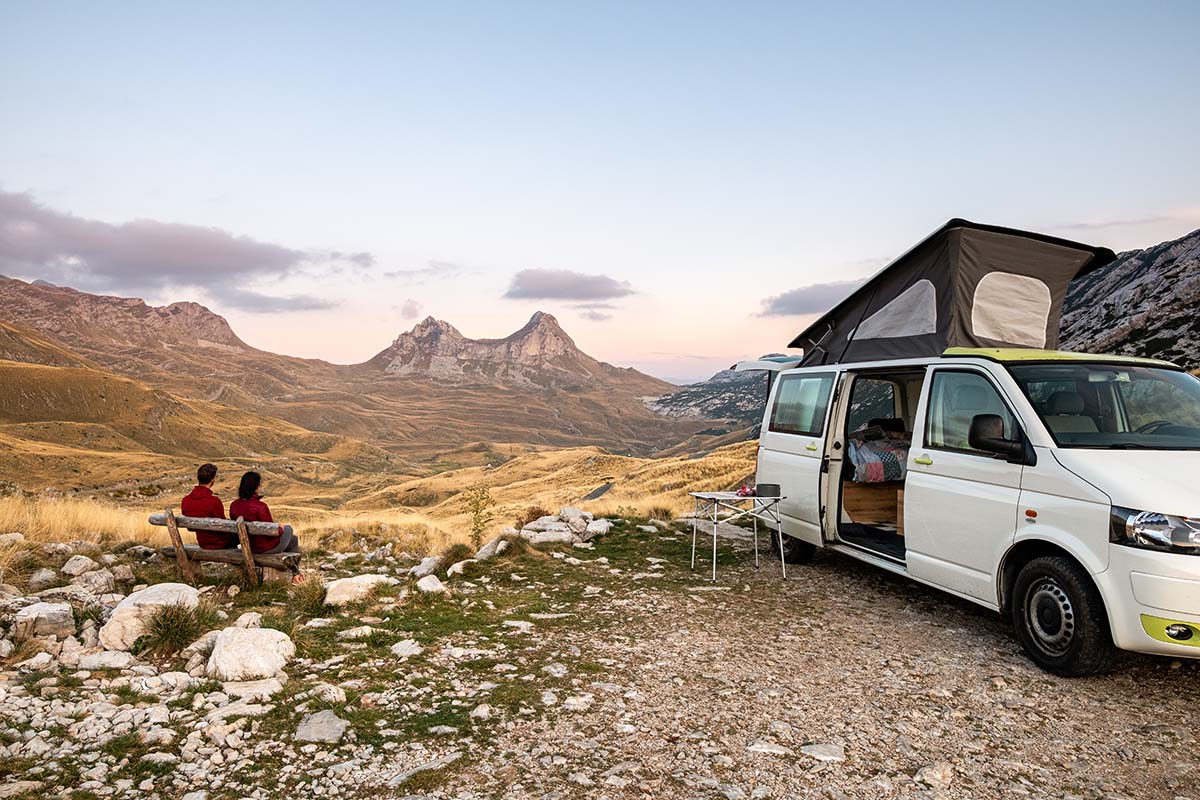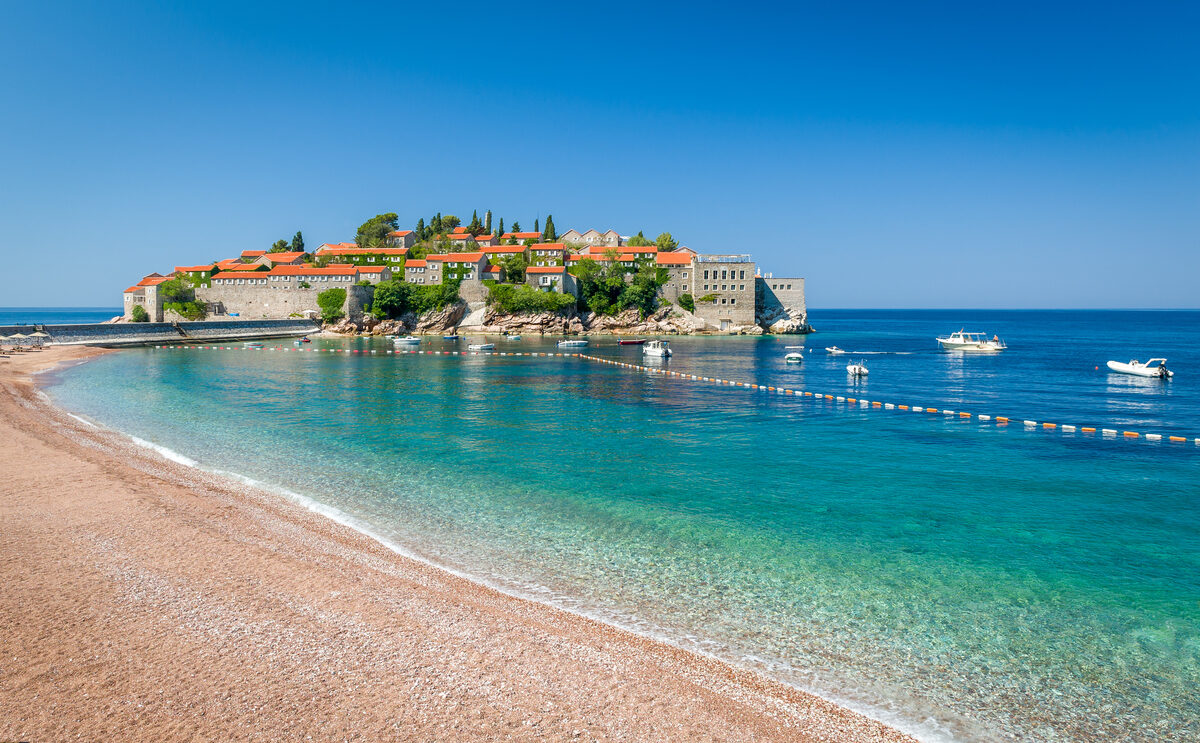HERZEGOVINIAN CUISINE
The Clash of the Continental and Mediterranean food
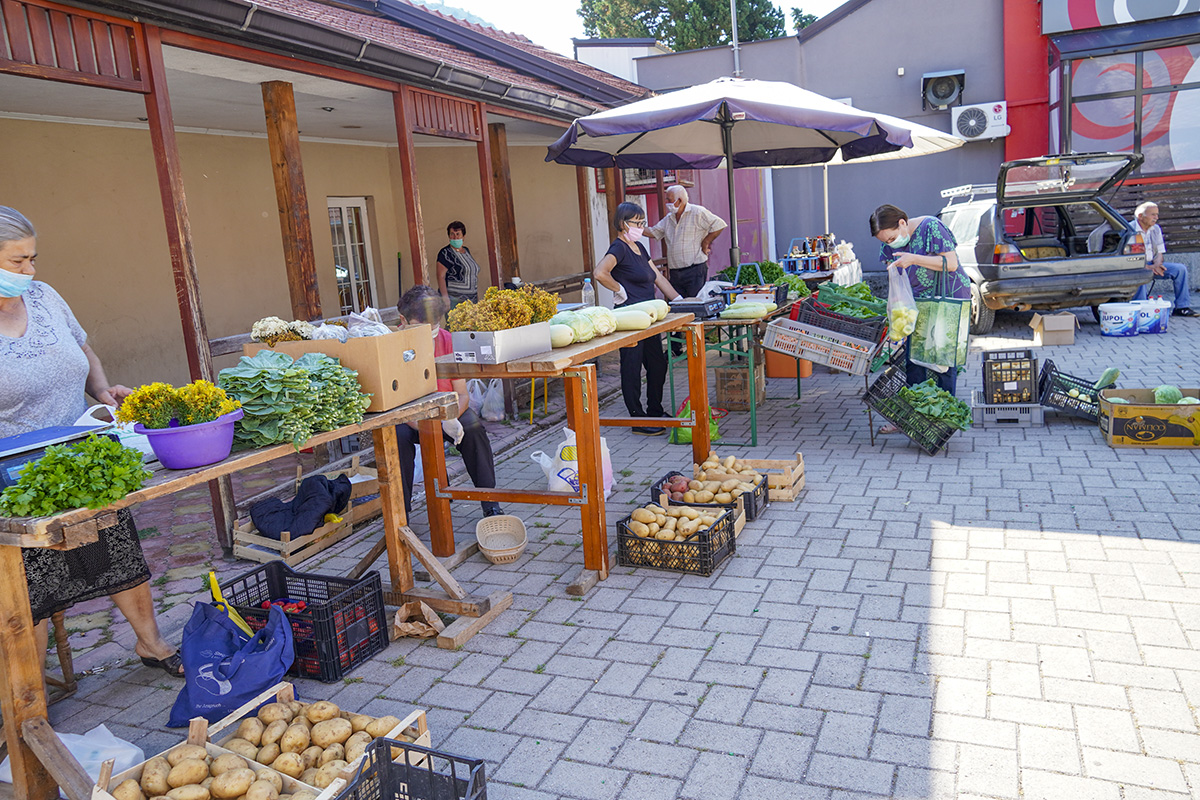
Herzegovina’s cuisine is a jaw – dropping lifetime experience, where the clash of the Continental and Mediterranean food is providing the best cuisine recipes. To sum up, it’s a result of the Continental and Mediterranean food clash that was impacted with Ottoman cuisine. Therefore, Herzegovinian cuisine is unique and classy.
- The Continental cuisine of Herzegovina consists of potato called “poluranjka”, goat, sheep and cow cheese kept in bellows, potato mixed with vegetables and lamb meat under the baking, collard on oil or with lamb and many others.
- The unforgettable part of the Continental cuisine is the trout fish. The trout fish is mostly prepared with polenta because of its crunchy taste while served with boiled potatoes and mangold.
- The Mediterranean food is well known for asparagus salad, Herzegovinian wine, red meat rolled in wine leaves, Herzegovinian soup made of odds and many others.
- If you are a fruit lover then all of the Mediterranean fruitage will leave you speechless. Anywhere you stop in Herzegovina you will find kiwis, pomegranates, peaches, kakis, medlars, lemons and many others.
YUMMY RECIPES TO ENRICH YOUR HOME CUISINE EXPERIENCE
Herzegovina is a pollution free zone, therefore the food is like a gift from heaven, never mind fruits or vegetables. In Herzegovina you will feel the real organic taste of food. If you are a fruit lover then all of the Mediterranean fruitage will leave you speechless. Anywhere you stop in Herzegovina you will find kiwis, pomegranates, peaches, kakis, medlars, lemons and many others. On the main road to Mostar you will easily find small shops that are selling organic and fresh Herzegovinian fruits. Vegetables such as tomatoes, potatoes, cabbages, broccoli etc. are nothing but gifts from heaven. Meat in Herzegovina is also very tasty. The tasty meat is a product of a healthy life of the cattle and the old fashioned way of breeding.
It is a time for “show off” to your friends and neighbours! With the recipes that we will introduce you to, you will become the master chef. Always have in mind to buy organic fruits and vegetables and meat from a family farm. This is really important if you would like to have more authentic Herzegovinian cuisine. Don’t forget that Herzegovinian cuisine is made with passion, devotion and love.
Most of the dishes can go without meat, so vegetarians can definitely find something for themselves.
Herzegovinian Soup (made of odds and ends)
You need a dutch oven (4 – 5 l capacity) to pour 2.5 – 3 l of cold water in it. After you pour the water you start to put in the vegetables:
Small celery root, a parsnip, fennel, celery leaves, 3-5 peeled and sliced carrots, a teaspoon of ground paprika, one pfefferoni, peeled and diced medium sized aubergine, 10-15 chopped runner beans, 2 medium sized peeled tomatoes and 2-3 peeled potatoes.
After you salt the water and vegetables, cover the dutch oven and leave it for 1 hour and 30 minutes. Leave it to be cooked on low heat. Fry 2-3 chopped onions on the pan, until they get the golden colour. Then you can put 25 g of smoked meat on the fried onions for a few minutes. Next step is to put the noodles and smoked meat into the dutch oven with the cooked vegetables. When pasta is done, put a little bit of parsley and basil for a more rich taste and serve on the table.
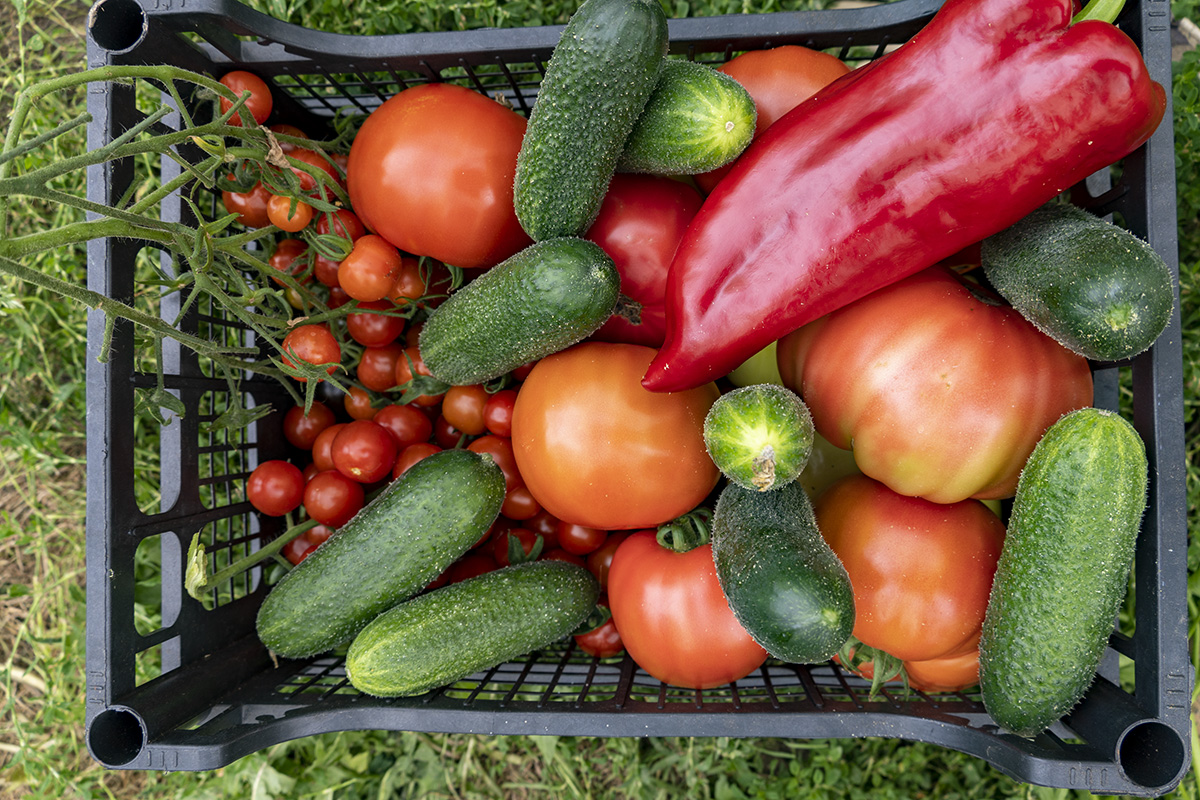
Herzegovinian Asparagus Salad
For this unique salad you need about a kilo of fresh asparagus washed in water. Asparagus in Herzegovina is called “kuke” and in Dalmatia “šparoge”. The “kuke” is sniped into bite size pieces and placed into a wooden bowl. Add about 20 finely chopped parsley leaves.
The initial preparation is over and now you need to add carefully next ingredients:
A handful of scallion leaves chopped into 1.5 – 2 cm sized pieces, two leaves of celery, a few leaves of sage, some ground fennel, a few spikes of freshly picked rosemary, a little thyme, a little basil, a few garlic cloves finely chopped, some salt and pepper, cider vinegar and some homemade red – wine – vinegar, some olive oil, some pumpkin seed oil, and very little (about 20gr of ) of smoked meat if you like. All the ingredients that were put with “kuke” in the wooden bowl are mixed with a wooden spoon. Then you leave it for 30 minutes to stay like that. Before serving you should mix it again. It is served with cow, goat or sheep cheese and hard boiled eggs.
Herzegovinian Polenta
In Herzegovina ordinary name for the polenta is “pura” and it is one of the meals that is served for centuries. “Pura” on butter is made from the leftovers of “pura” from the previous day. The “pura” from the previous day is used because it’s already pretty much dried. In that way the butter is merging better with the “pura”.
The initial preparation of “pura” is to put a few knobs of homemade butter on black iron pan. When the butter gets the golden – brown color you should put the “leftover pura” on the iron pan. The “pura” needs to be stirred for 10 minutes on low heat. Next step is to put goat or cow cheese in the “pura”, leave it gently cooked for a few minutes. Put about 5 tablespoons of cheese. The authentic Herzegovinian goat and cow cheese is preserved in animal skin bellows. Which was the best natural way to preserve food in the old days. The mixture is pressed with a wooden spoon and left to burn slightly on the heat. The last step is to put some kajmak or sour cream with garlic and onion (finely chopped).
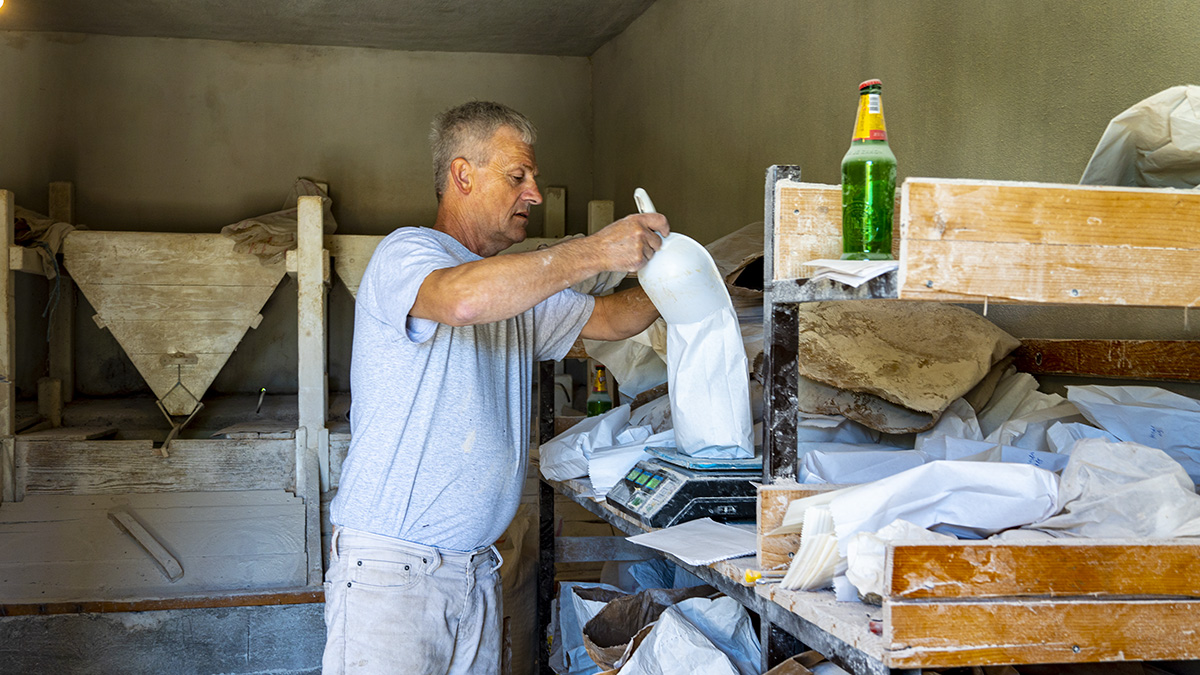
Tender Lamb, Veal or Goat’s Meat with Potatoes “under the baking lid”
In a large lidded cooking pan you should put about 400 g of homemade butter. When the fats are well melted, 3 – 4 kilos of ribs, shank or neck is placed in the dish. After what you leave it to roast over a medium flame in a covered pot. It needs to be roasted for half an hour, while moving around a couple of times.
When the meat acquires a golden brown colour, the meat is placed on a cooking tray. Meanwhile, about 4 – 5 kilos of peeled new and towel – dried potatoes are placed in the fat from the meat. These are mixed and stirred over the heat in an open pan for ten minutes. Having braised the potatoes for ten minutes they are then placed on the tray together with the meat.
Everything is generously sprinkled with salt. 4 dl of broth (made from stewing the bones with sage, thyme, basil, garlic, onion and pepper and salt in a liter of water for a few hours) is poured over the meat and vegetables. That will give a special juiciness and taste to the meat and vegetables. The ingredients are baked / roasted together for 25 minutes on medium to strong fire. They are served in the same dish in which we have cooked the food.
Herzegovinian Fig Cake
First of all you need to make the sugar syrup. It is made in the way that you put 2 cups of sugar in about 0,6 dl of water. Don’t forget to put 2 small coffee cups of fig jam into the same water. Leave it for a short period to boil on medium heat and occasionally mix the sugar syrup. When it’s done leave it to cool down.
For the cake mixture you need 1 cup of oil, water and milk, and 2 small cups of fig jam. You need to mix the cake mixture and leave to boil on a medium heat. After it boils you should put inside the flour, baking powder, semolina and corn flour. It is necessary that you have 1 baking powder, ½ cup of semolina and corn flour, and 1 ½ cup of flour. Next step is to mix everything and return the dish to the oven to boil again for a few minutes. Leave it to cool down. When the pastry is tepid you can coat it with an egg. The end part is to make cake shapes with your hand. With this recipe you can get about 16 small fig cakes.
After you form the shapes of the fig cakes, you can put it into the oven at 200 ⁰C. After about 10 minutes you should lower the temperature to about 150 ⁰C. Leave it like that for about 15 minutes. Pay attention that they don’t burn from the downside. The final step is to pour down the fig cakes, while they are hot, with the sugar syrup.
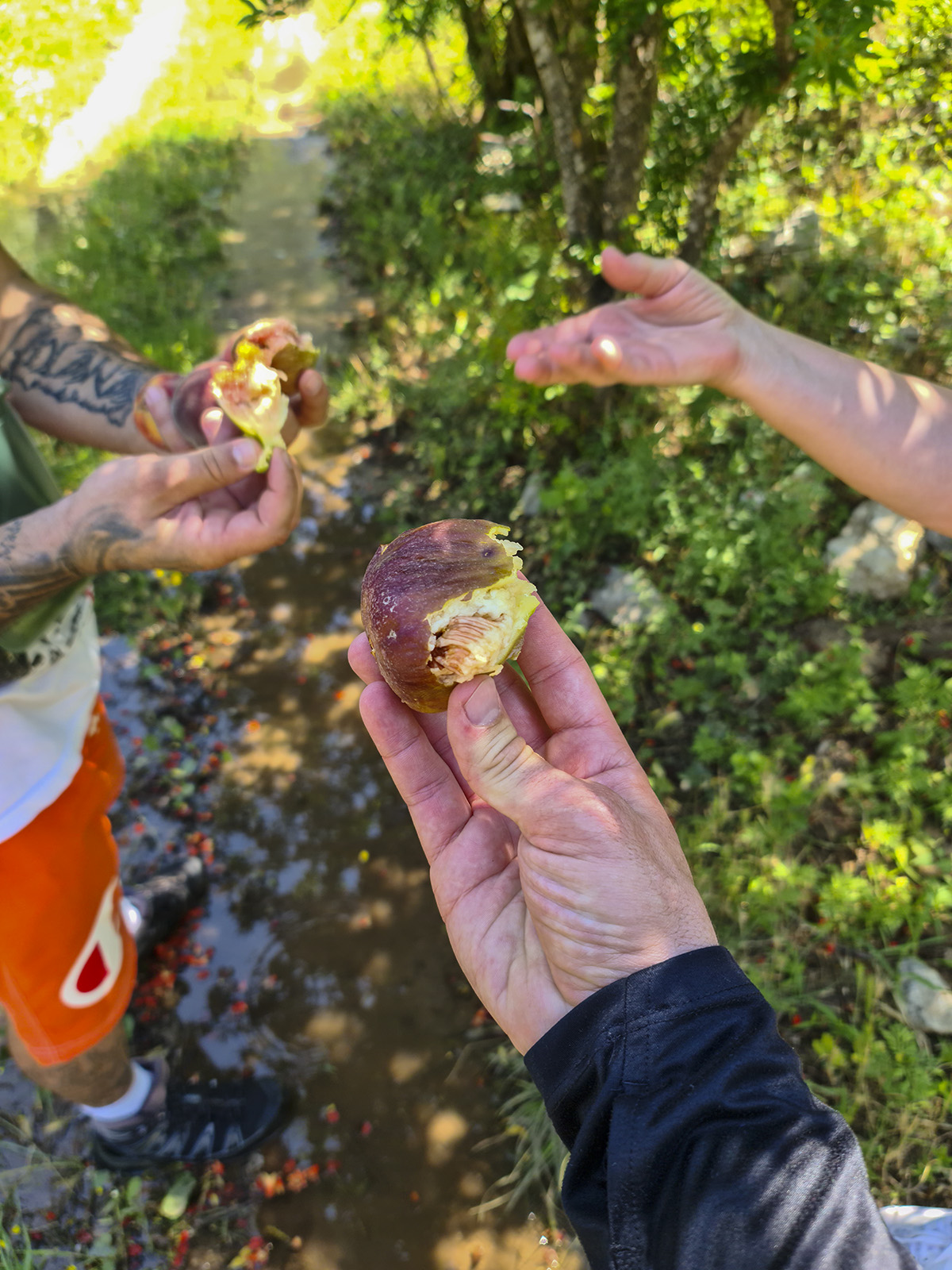
Lučenica
Lučenica is made by using some farm fresh full – fat milk that is turning sour. If there is no option for the farm milk, then you can buy the full – fat milk from the shop. But if you buy it from the shop then also you need a bit of full – fat sour cream to mix with the milk.
Next step is to crush the garlic and to put it into the sour full-fat milk. Don’t forget to put the sea salt as well. On the iron pan you put a few knobs of homemade butter. When it gets the brownish color pour it on the full – fat milk mixed with garlic. Then we put a few spoons of the sour full – fat milk on the pan to get all the butter from it. The last step is to put the sour full – fat milk from the pan back with the rest of the sour milk. Mix it and pour over the cornmeal.
Patišpanja, Yellow Cake or Grandma’s Cake
For start you need to mix ten farm eggs, 8 glasses (of 1.5 dl) of sugar and two packets of vanilla sugar with a mixer. Four measures (1.5dl) of milk and the same of oil are emptied into the mixing bowl without turning off the mixer. Add grated rind of one orange and one lemon.
Without turning off the mixer, gradually add 10 measures of flour and two packets of baking powder. Don’t forget to reduce its mixing speed. They have been previously sieved together to ensure even mixing. Into a greased and floured baking tray add the mixture (35 x 38 x 5). Next step is to sprinkle the mixture with some lemon and orange peel and mix with some vanilla sugar.





